Leveraging government dollars to overhaul our food system
The proof is in the pudding – or rather, in the policy.
The Los Angeles Food Policy Council (LAFPC) “went from zero to a food policy council,” seemingly overnight, says founder Paula Daniels. And she’s right. In five years, the council grew from the kernel of an idea to a fully-integrated player in L.A. politics, tackling complex food and justice issues, from labor to environmental sustainability to animal welfare.
“We needed to reach into agricultural areas, which the city didn’t have that much to do with at the time.”
LAFPC’s success lies in its ability to leverage dollars spent on food served in government buildings, institutions and schools to push for a more equitable, healthful food system. It’s the very proof that wide-sweeping food systems change can happen – and it can thrive, even in one of the country’s largest cities.
“We needed a holistic food system approach and that meant we needed to reach beyond the borders of our city,” Daniels said.
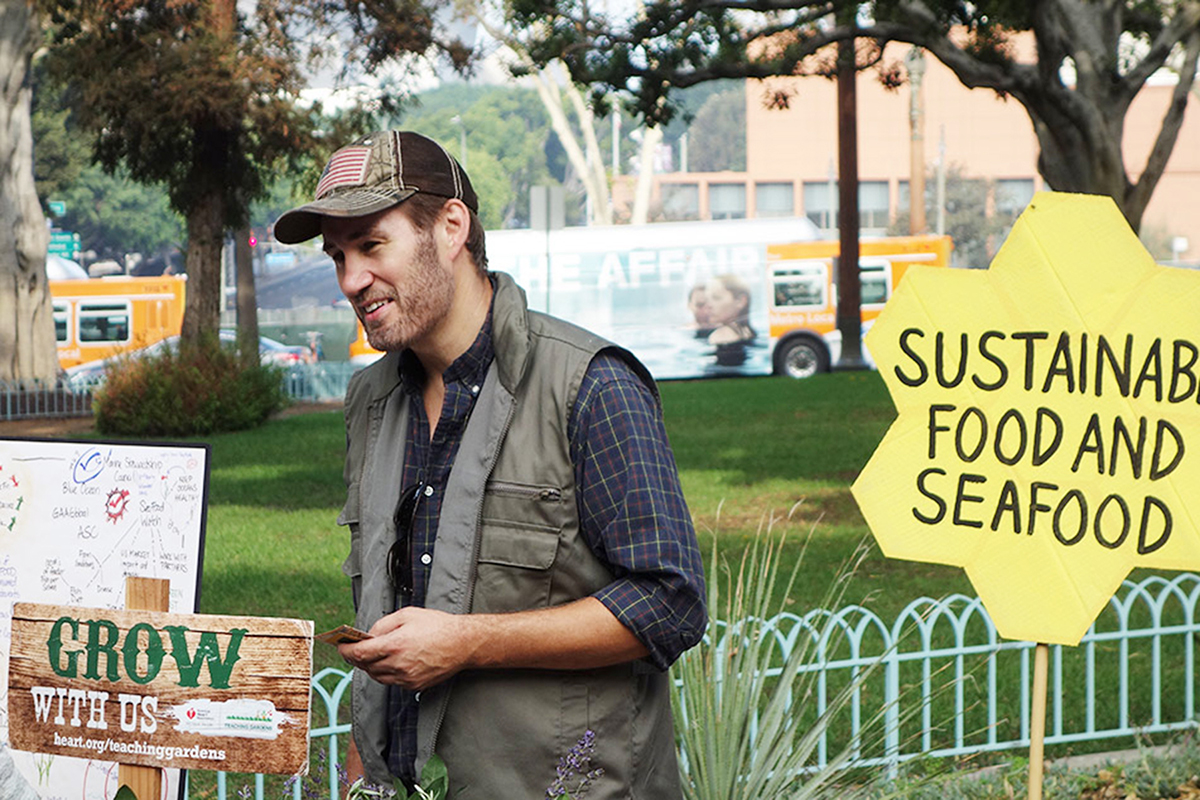

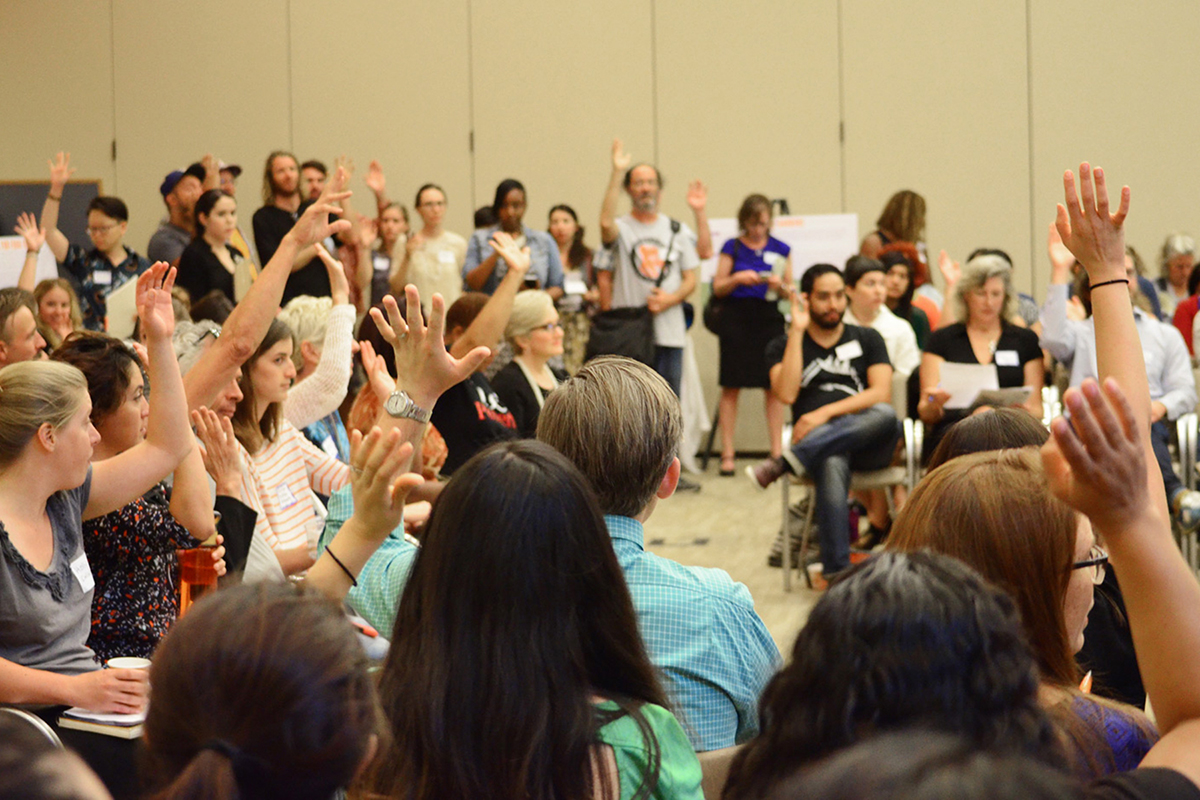
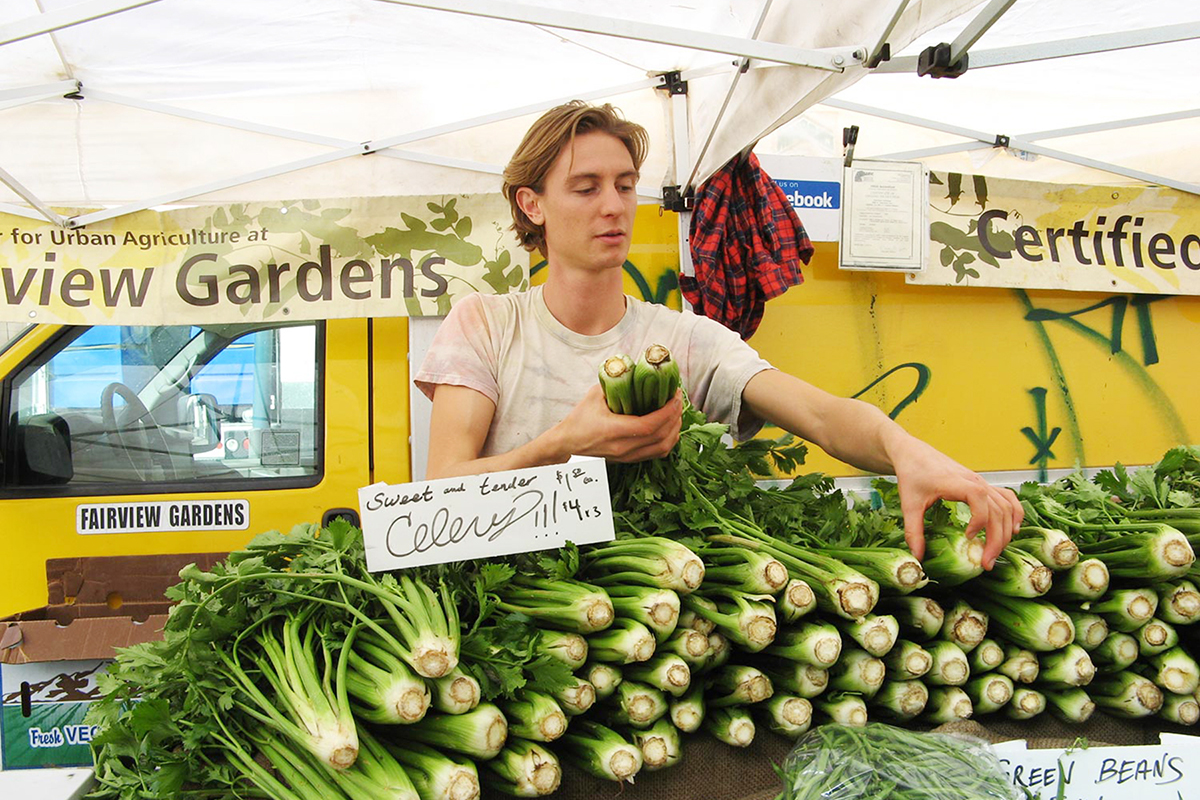
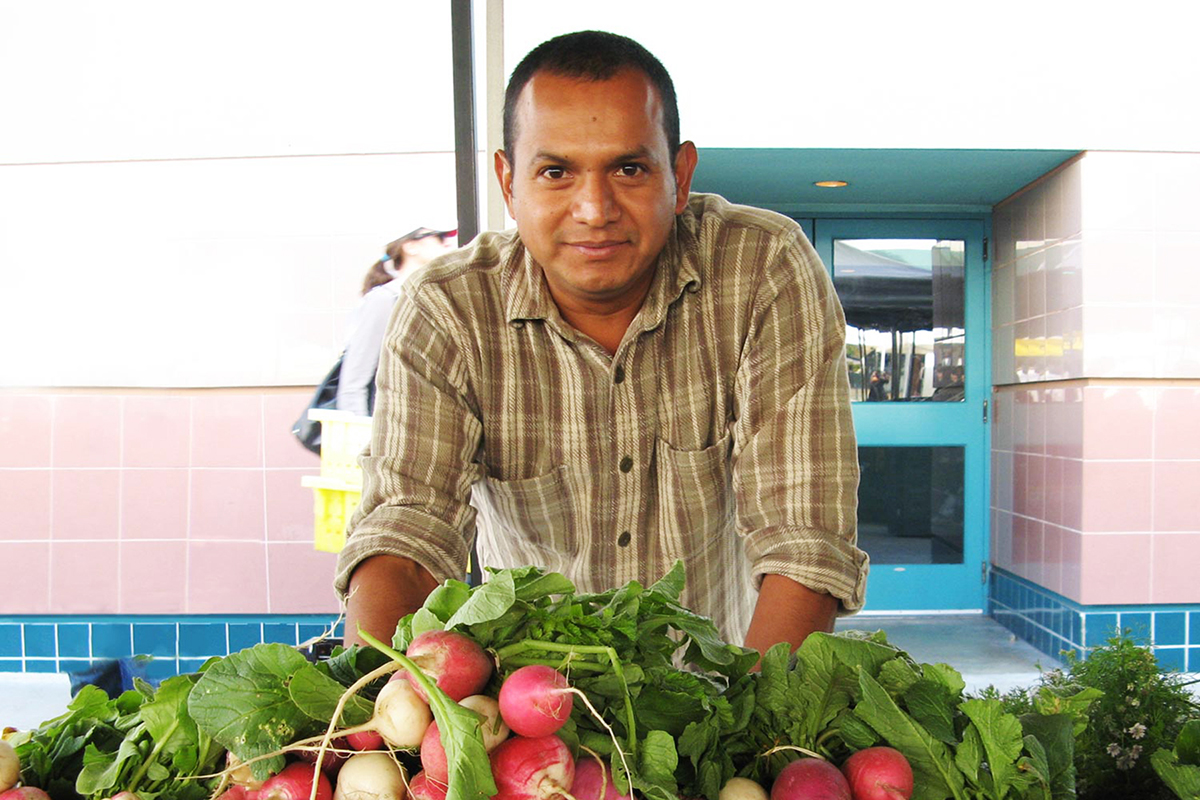
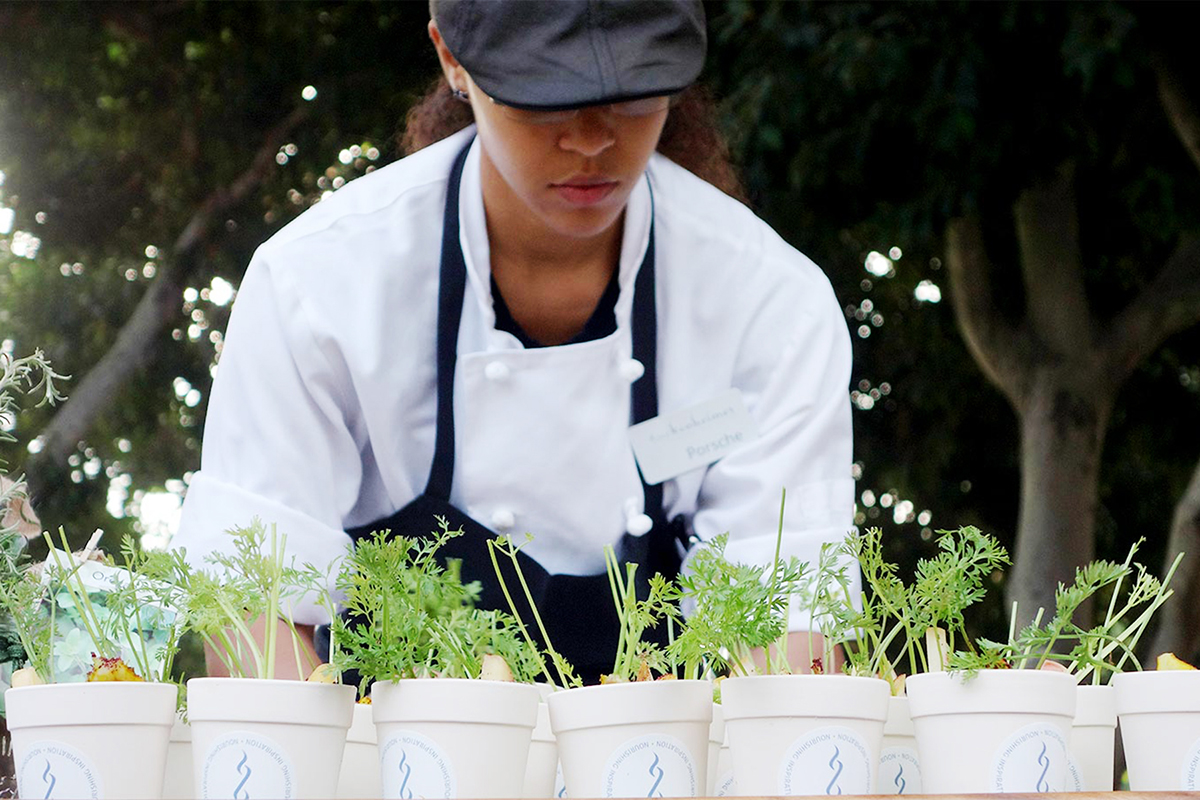
A shared vision, many perspectives
LAFPC started as the Los Angeles Food Policy Task Force, established by Mayor Antonio Villaraigosa in 2009. Early on, the task force recognized that achieving its “Good Food for All” agenda – with six priority areas and 55 specific action steps – would only happen if there was across the board buy-in. People needed to feel as if they were a part of a bigger food revolution. The creation of a balanced, democratic process could “stitch in” people from across the food system with varying investments and perspectives.
“When you look at our structure it’s not unlike a Congress,” Daniels said. “Within our leadership board, every issue area has two representatives, much like the Senate. Then, the working groups… they can have as many or as few people as interested, so that’s more like the House of Representatives.”
Current LAFPC Executive Director Clare Fox says the “working groups are where the magic happens.” It was in one of these working groups that LAFPC’s most successful project, the Good Food Purchasing Policy (GFPP), was developed.
Incentivizing good food purchasing
GFPP requires city government to purchase more healthful, sustainable food in order to build demand for, and incentivize, equitable food practices. GFPP uses a point-based system to grade producers and food service providers on their ability to meet baseline expectations in regards to the six priority areas. All vendors need to meet a certain minimum point-value, but points can be earned in any way as long as every priority area is addressed.
“It’s applying the idea that we vote with our fork, that we convey our values with our food purchases,” Fox said.
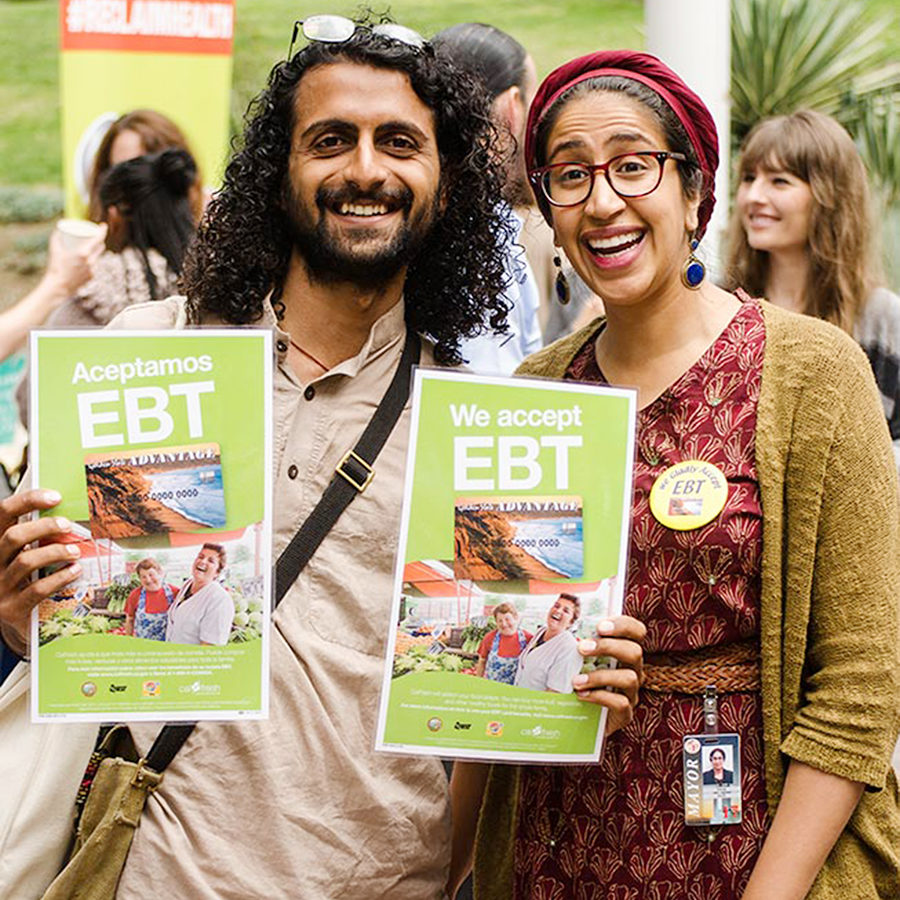
“Except when we are talking about big institutions like the school district or even the city of L.A., they have a million dollar or a multimillion dollar fork. Through their purchasing power, they can support our local food economy, local small- to midsize-farmers; they can support sustainable practices, including organic and regenerative agriculture practices; they can also support fair working conditions all along the supply chain.”
Aligning values, leveraging dollars
Since the adoption of the policy, the Los Angeles Unified School District has increased local fruit and vegetable purchases from 30 to 80 percent. It has also been able to push for antibiotic-free chicken – a huge win for the district and a signal to major poultry producers.
“If you think of the Los Angeles Unified School District, 80 percent of students in the school district qualify for free or reduced lunch – so that means they’re coming from low-income families and maybe one of the best meals of the day they’re getting is from school,” Fox said.
“If the quality of the food being served, and the ingredients and the source of those foods is of the utmost integrity, then we’re making a real impact.”
Impact beyond the borders of L.A.
The purchasing policy was so successful that the council received calls from across the country hoping to replicate it. This led to creating a national Center for Good Food Purchasing, based in San Francisco. The center has so far helped nine cities in seven states either campaign for, or adopt, their own purchasing policy.
“At the end of the day, the ultimate beneficiary is the student, who gets to eat food that tastes better [and] is better for them,” Fox said.
Meanwhile, LAFPC continues to grow. In 2017, the council plans to release its food system dashboard, which Fox said will, “provide data and statistics to all of our partners about where we’re at now, where we’re winning, where we’re losing and how all of that can shape our strategies.”
Key Lessons
Get a variety of perspectives around a shared table.
Clare recommends talking to lots of different people, from different walks of life, with different investments and interest areas. “You need a diverse coalition of people at the table, willing to work together, across different issue areas and bringing different perspectives — that takes time to develop but it’s worth it. Because then you have strength in numbers and you have a very holistic perspective that is strong.”
Be sure to work within the system, as well as outside it.
Success requires diplomatic partnerships within existing institutions, to ensure that there are champions on the inside, too. “Sometimes when we want to create change we come at agencies or institutions demanding change and not really cultivating the relationships that we need on the inside. With the GFPP we really benefited from having leaders within departments, within agencies that really understood the value of the policy and were willing to champion it.”
Create ally-ships with decision makers.
It’s also important to align with decision makers who can turn policy into reality. “You need an elected official who has the ultimate decision making power and who can back you up, champion the cause and take it to the next level.”

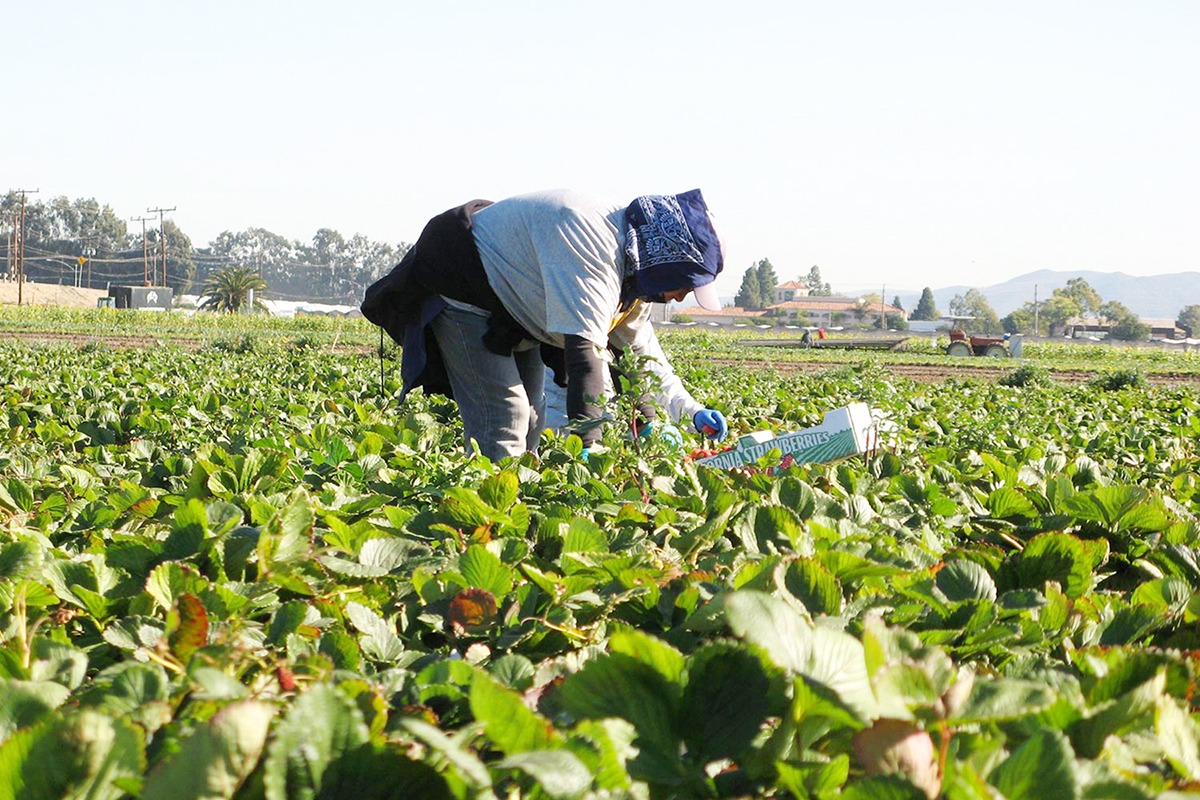

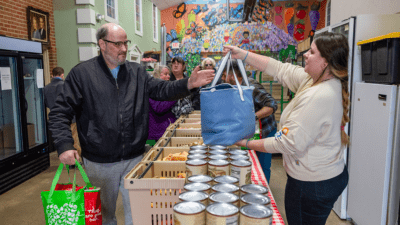


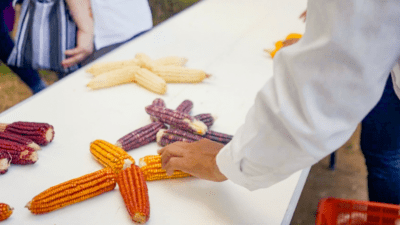

Comments